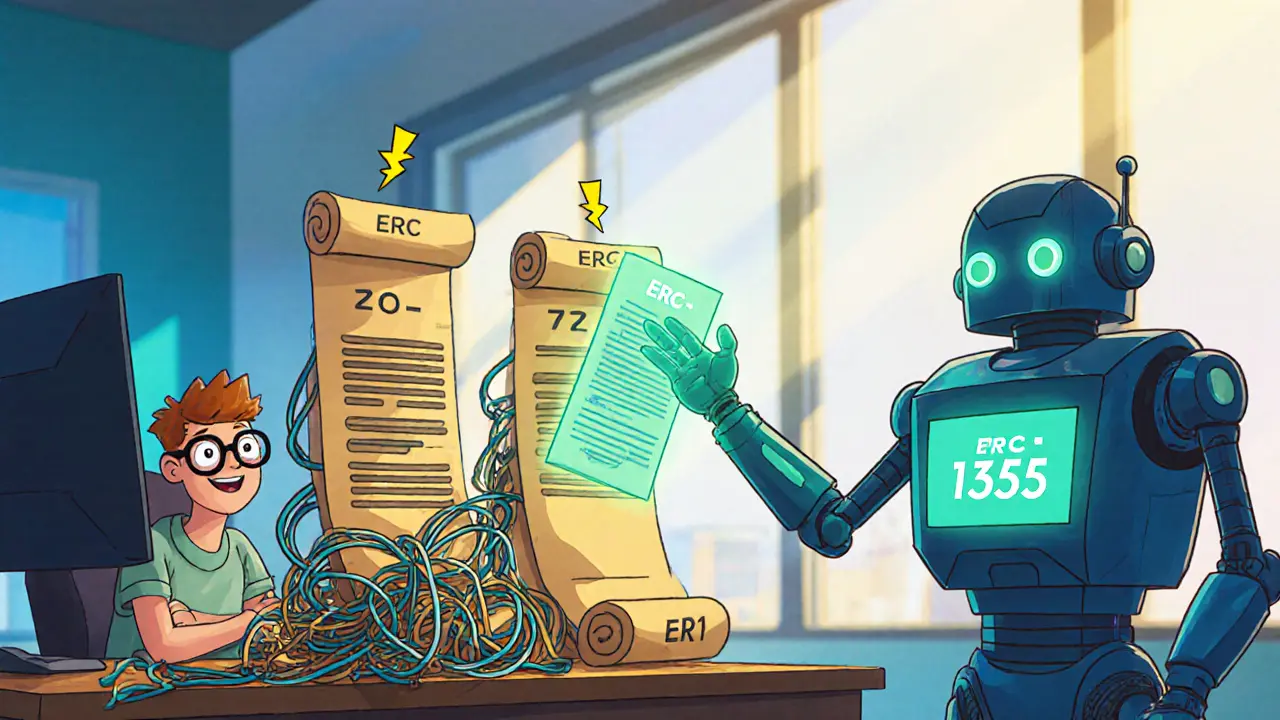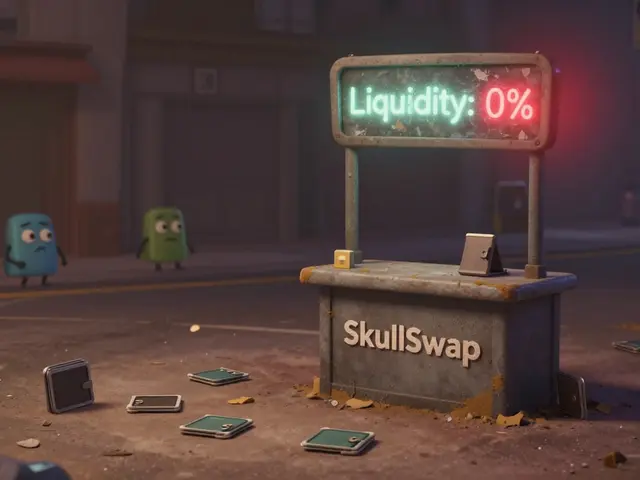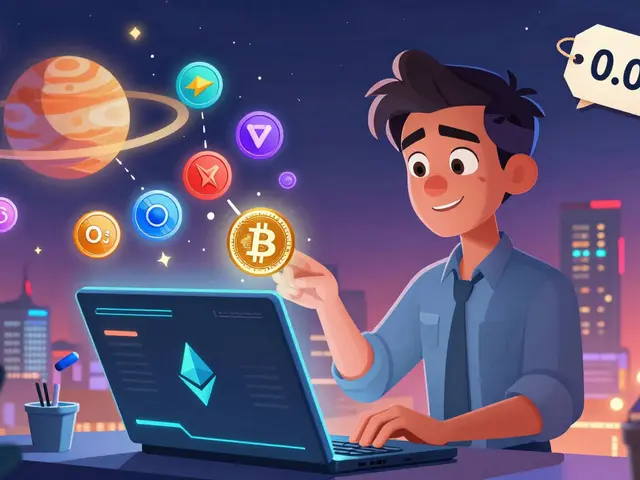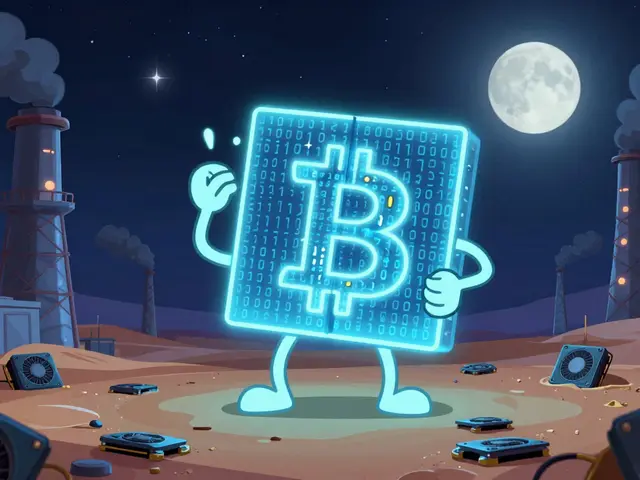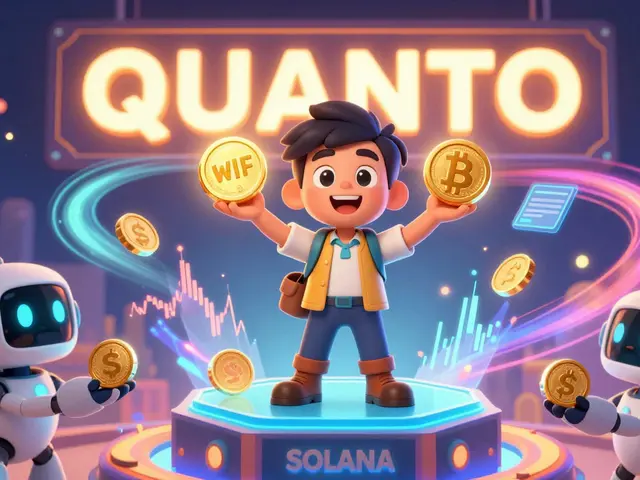Learn what ERC-1155 is, how it works, and why it matters for gaming, NFTs, and multi-asset token projects. Get a technical overview, comparison with ERC-20/721, implementation tips, and future outlook.
Multi-Token Standard – What It Is and Why It Matters
When working with multi-token standard, a protocol that lets a single smart contract manage both fungible and non‑fungible assets. Also known as Ethereum Multi Token Standard, it bridges the gap between simple coins and complex NFTs, making it easier for developers to launch hybrid projects.
One of the most popular implementations is ERC-1155, the Ethereum standard that supports multiple token types in one contract. Its alternate name, Ethereum Multi Token Standard, highlights the same idea: one contract, many tokens. Right beside it, ERC-721, the original non‑fungible token (NFT) standard (also called Ethereum Non‑Fungible Token Standard) focuses on a single, unique asset per contract. Together, these standards show how the multi-token standard ecosystem balances uniqueness and interchangeability.
How Token Standards Shape Tokenomics and Airdrops
The design of a token standard directly influences its tokenomics. For instance, ERC‑1155’s batch transfer ability reduces gas costs, which can lower inflation pressure in a project's economy. Meanwhile, ERC‑721’s scarcity model often drives higher perceived value, affecting supply‑demand curves. When a project plans an airdrop, the chosen standard determines the distribution mechanics: an ERC‑1155 airdrop can reward users with a mix of utility tokens and collectible NFTs in a single transaction, while an ERC‑721 drop typically hands out unique pieces that act as membership passes.
Developers also lean on cross‑chain bridges that respect multi‑token standards. By mapping ERC‑1155 tokens to equivalents on other blockchains, projects keep their tokenomics consistent across ecosystems. This interoperability is why many airdrop guides – like the Polytrade Community airdrop or the Fluity (FLTY) drop – mention the underlying standard as a key eligibility factor. Knowing whether a token follows ERC‑1155 or ERC‑721 helps users verify claim steps and avoid scams.
Beyond airdrops, the standards affect marketplace dynamics. NFT platforms that support ERC‑1155 can list bundles of art, game items, and loyalty points together, giving creators more flexibility. Conversely, pure ERC‑721 marketplaces focus on singular pieces, which aligns with collector psychology. Both approaches feed back into the token’s utility, shaping community engagement and long‑term price stability.
In short, the multi-token standard ecosystem is a toolbox: ERC‑1155 offers efficiency and variety, ERC‑721 offers uniqueness, and both inform tokenomics, airdrop design, and cross‑chain strategy. Below you’ll find a curated set of articles that dive deeper into specific projects, token analyses, and practical guides – all tied together by the standards that make them possible.
